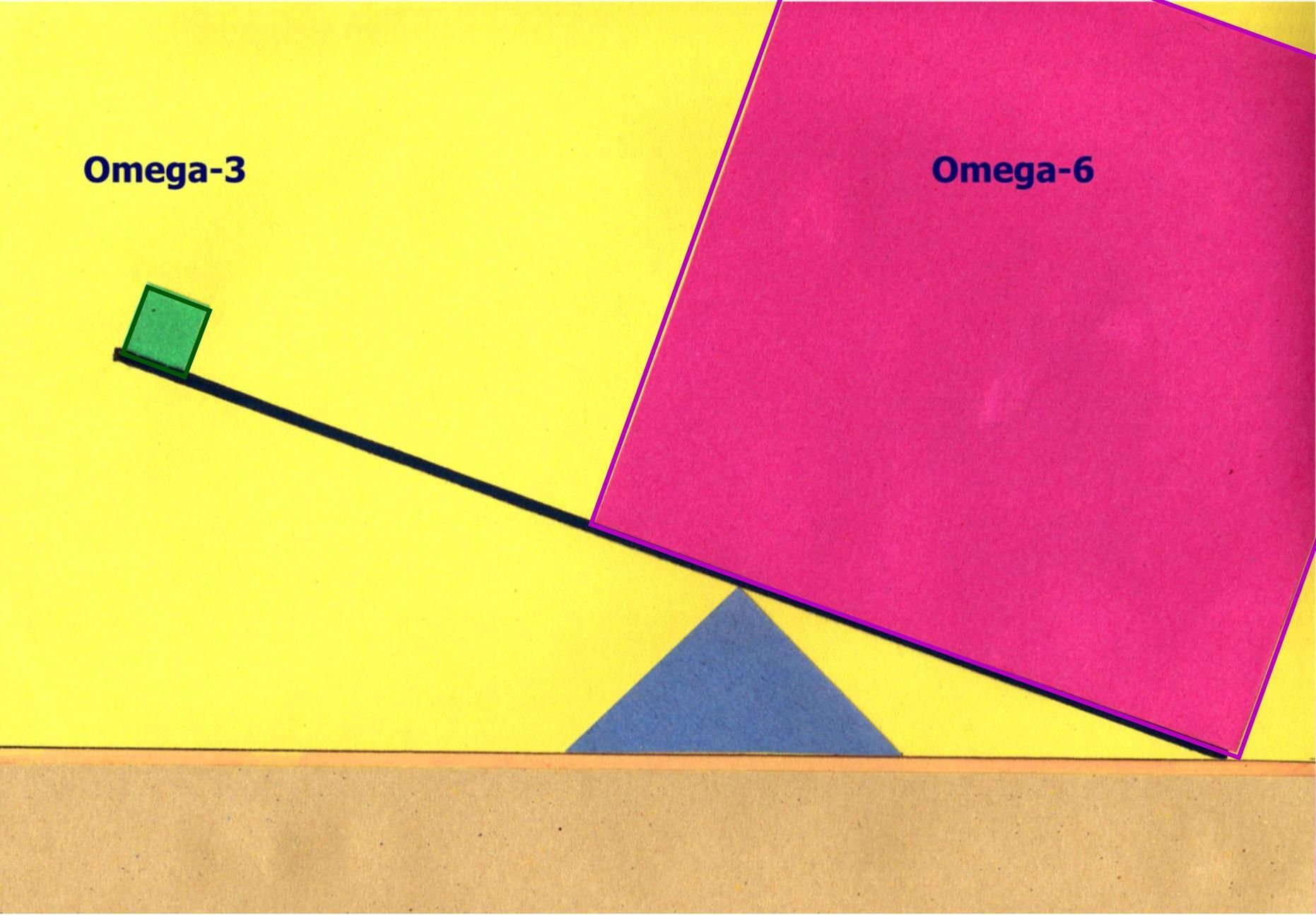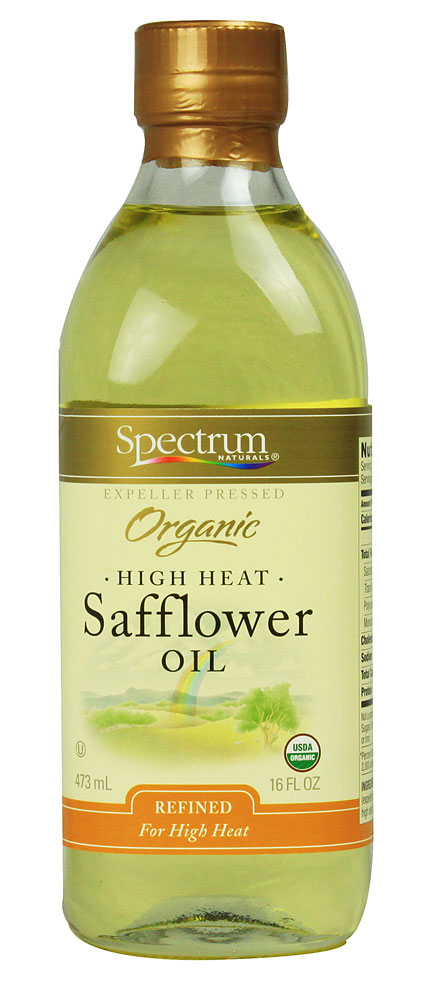Omega 3:
 |
| Foods that contain Omega 3 |
Omega 3 is a necessary nutrient for a good healthy body. It helps control and
regulate blood clotting. It also helps build cell membranes and is very good for your brain.New studies show it also may potentially help with the symptoms of cancer and autoimmune diseases. According to the University of Maryland Medical Center omega 3s are very important for the memory and behavior part of your brain. They are also suspected to help lower the risk of heart disease, arthritis and cancer and help reduce inflammation. The source below has a great list of the different suspected benefits a diet high in omega 3 has: http://umm.edu/health/medical/altmed/supplement/omega3-fatty-acids
This is a really great list. Just a couple of the things they talk about are: ADHD, schizophrenia, high blood pressure, diabetes, depression, asthma and high cholesterol.
According to the University of Maryland Medical Center Symptoms of omega-3 fatty acid
deficiency include:
1) fatigue
2)poor memory
3)dry skin
4) heart problems
5)mood swings or depression
6) poor circulation.
Omega 6:
 |
| Foods that contain Omega 6 |
Omega 6 fatty acids are similar to Omega 3 in many ways:
1) They are necessary to good health but your body does not produce them on its own to it is necessary to acquire them through food.
2) Like Omega 3s they are good for the brain and
3) They also play a role in the growth and health of skin, hair and bones.
Unlike Omega threes which are expected to help reduce inflammation some types of Omega 6s are expected are expected to increase it. Not all types are. Here is a great link with a more detailed overview and a list of what Omega 6s are expected to affect:
https://umm.edu/health/medical/altmed/supplement/omega6-fatty-acids
From the information above we can tell that they are both important. Some argue that Omega 3s are more important but that is a whole nother blog post. The important thing is the balance between the two fatty acids in your diet. A lot of our ancestors had a more healthy balance between the acids when the caught their own seafood and ate a more balanced diet. The diet many americans eat today (often referred to as the western diet) contains not nearly enough Omega 3s and way too many Omega 6s.
Western diet: "Public health A diet loosely defined as one high in saturated fats, red meats, 'empty' carbohydrates–junk food, and low in fresh fruits and vegetables, whole grains, seafoods, poultry. "-McGraw-Hill Concise Dictionary of Modern Medicine. © 2002 by The McGraw-Hill Companies, Inc.
 |
| Western Diet |
According to a study done by the national library of Medicine and the National Institute of Health the very high ratio of Omega 6 to Omega 3 in the Western diet can increase the risk of diseases like: Cardiovascular diseases, Inflammatory diseases, autoimmune diseases and certain cancers. This study also showed the decreased amounts of omega 6 and increased amounts of Omega 3 created opposite results therefore decreasing the risk of diseases like: Cardiovascular diseases, Inflammatory diseases, autoimmune diseases and certain cancers. This is a big discovery. This study still shows that both Omega 3s and Omega 6s are necessary fro health but the western diet is getting the ratio wrong. The study tested the effect of different ration on different cancers, arthritis, cardiovascualr diseases etc. They concluded in the end a lower ratio of Omega 6 to Omega 3 was desirable for anybody thou the ratios may vary when dealing with certain diseases. Below is the link to the study's abstract if you are interested in reading more:
http://www.ncbi.nlm.nih.gov/pubmed/12442909
So with all this information about how are diets have way to much Omega 6 and not enough Omega 3 we need to figure out how to fix it. The important thing is not t confuse the information above and try to cut Omega 6 out of your diet. Both are necessary and important and you can have too much of both. The balance is what is important. Below I am going talk about good sources of both Omega 3 and Omega 6:
Omega 6: Omega 6 can be found in many oils including: Safflower, Corn and Soybean oil. These are oils commonly found in processed foods. As I have talked about in previous blogs many americans consume way to much processed food meaning they are also consuming way to much omega 6 fatty acid.
Omega 3: Omega 3s can be found in many foods including:
- Some oils
- Flax seeds
- Sardines
-Salmon
- Kale
- Brussel sprouts
-Walnuts
 |
| Kale |
 |
| Flax Seed |
 |
| Sardines |
Many Americans are not getting enough of these foods and it is effecting their health. In conclusion we need to change the ratio of these to fatty acids. As the CDC says eating more Omega 3s can simply be eating a few walnuts a day, putting flax seed on oatmeal or eating fish a couple times a week. Kale is also a great source of Omega 3.Some people also choose to take fish oil pills which have very high levels of Omega 3s. Cutting down on Omega 6 can mean cutting down on using some of the oils like soybean oil, safflower oil and corn oil and eating less of the processed foods that contain large quantities of these oils. Its really important to remember that both are important, we just need to change the amounts we consume.




I love your blog, Emily!! ;) It is clear you did a lot of good research, and it is really interesting. Just a suggestion, if you found any specific examples of foods with these ingredients that are bad for you, it would be great if we could see those too, so we know both what to eat and what not to eat! Otherwise, I love it!
ReplyDeleteL
I love this blog too Emily! It's easy to see how hard blogging might be. The graphics you include make all the difference in the world keeping the reader interested. It's also a great way for people who are more "visual" to get the idea. I agree with the first comment. Specific examples might be a nice addition. I'll be interested in your future blogs.
ReplyDelete